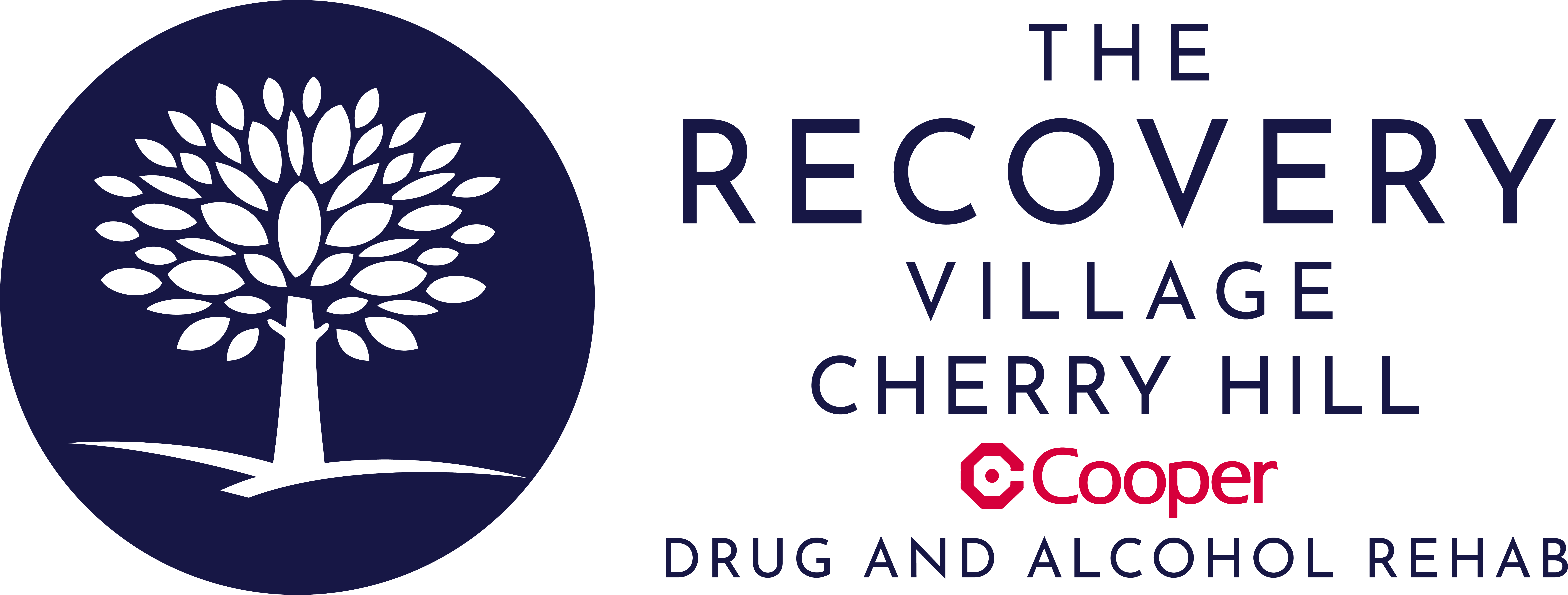Alcohol use affects the human body in multiple ways, especially when drinking becomes frequent and heavy. While many people recognize disorders like cirrhosis, pancreatitis and alcoholic hepatitis as potential medical complications of prolonged drinking, fewer are aware of a condition called alcoholic ketoacidosis (AKA). This serious, acute complication can occur in individuals who drink heavily and have poor nutrition, but it is also treatable and largely preventable with the right interventions. In this article, we will explore what alcoholic ketoacidosis is, how it develops, its signs and symptoms, how it is diagnosed and treated, and its potential long-term impacts.
What is Alcoholic Ketoacidosis?
Alcoholic ketoacidosis is a potentially life-threatening metabolic disorder that arises when there is an excessive buildup of ketones in the blood, accompanied by metabolic acidosis. Ketones are acidic substances produced when the body breaks down fats for energy. Normally, your body gets its energy from glucose, but when glucose levels drop and glycogen stores in the liver are low, the body burns stored fat for fuel instead. This process releases ketones as a byproduct.
In healthy individuals with a balanced diet, ketone production is minimal because there is sufficient glucose available for energy. However, in the context of chronic and heavy alcohol use, several factors can converge to create a perfect storm for ketoacidosis. These factors typically include:
- Poor nutritional intake: Chronic alcohol misuse often leads to reduced overall food consumption.
- Low glycogen stores: Chronic heavy drinking can deplete glycogen (the stored form of glucose in the liver).
- Repeated vomiting: Alcohol can irritate the stomach lining, leading to vomiting and additional loss of nutrients and fluids.
When someone does not have enough glucose or stored glycogen, the body shifts to burning fat and produces more ketones than usual. Over time, ketones can build up in the bloodstream and make it acidic, creating a significant risk for complications and, in severe cases, organ failure.
Recovery Can Be Life Changing
Whether you or a loved one is struggling with addiction, our expert team is here to guide you every step of the way. Don’t wait— reach out today to take the first step toward taking control of your life.
“My life has became something that I’m proud of and something I can be grateful for.“
– Joseph McDermott, The Recovery Village Cherry Hill Alumni
Alcoholic ketoacidosis most commonly occurs in individuals with a history of binge drinking or chronic alcohol use. They may present to medical attention with severe stomach pain, nausea, and vomiting, and they might not have eaten adequately for days.
Alcoholic Ketoacidosis Symptoms
Recognizing the symptoms of alcoholic ketoacidosis is critical because the condition is a medical emergency and can rapidly worsen without proper treatment. Common signs and symptoms include:
- Abdominal Pain: People often feel intense, diffuse abdominal pain. Some describe it as a deep ache in the pit of their stomach, while others experience cramping or soreness.
- Nausea and Vomiting: Uncontrolled vomiting is one of the most frequently reported symptoms. The cycle of vomiting can further deplete the body’s fluid and electrolyte balance, intensifying the ketoacidosis.
- Loss of Appetite: A diminished desire to eat or a complete refusal of food is often reported, exacerbating the malnourished state.
- Fatigue and Weakness: Severe fatigue, lightheadedness, and weakness can result from electrolyte imbalances, dehydration, and low blood sugar.
- Rapid Breathing (Kussmaul Respiration): The body attempts to compensate for excess acid by breathing more deeply or rapidly to remove carbon dioxide (which is acidic when dissolved in blood).
- Increased Heart Rate: Dehydration and acidosis can lead to tachycardia (rapid heart rate) as the body tries to maintain adequate blood circulation.
- Agitation or Anxiety: Some individuals may experience restlessness or agitation. In severe cases, there may be confusion or altered mental states.
- Fruity Odor on Breath: Ketones have a characteristic fruity smell. Although more commonly noted in diabetic ketoacidosis, it can also occur in alcoholic ketoacidosis.
Symptoms can appear or worsen when someone abruptly stops drinking alcohol after a prolonged period of heavy use. They may be mistaken for other conditions, so timely medical attention is essential for an accurate diagnosis.
What Causes Alcoholic Ketoacidosis?
The development of alcoholic ketoacidosis involves a few key mechanisms tied to excessive alcohol consumption and inadequate nutrition:
- Depleted Glycogen Stores: Chronic, heavy drinking impairs the liver’s ability to store glycogen. Normally, the liver can release stored glucose to maintain blood sugar when you are not eating. However, in people with alcohol use disorder, glycogen stores may be severely low or nearly absent.
- Poor Dietary Intake: Many people who struggle with alcohol misuse also experience poor diets, sometimes going days with little to no substantial food. This lack of calories and essential nutrients deprives the body of glucose, causing it to switch to fat metabolism for energy.
- Excessive Vomiting: Alcohol can irritate the stomach lining, prompting nausea and vomiting. Repeated vomiting depletes electrolyte and fluid levels, worsening the body’s acidity.
- Increased Fatty Acid Oxidation: With depleted glucose and glycogen, the body ramps up the oxidation of fatty acids to create energy, generating ketone bodies like beta-hydroxybutyrate, acetoacetate, and acetone. In alcoholic ketoacidosis, the concentration of these ketones can rise to dangerous levels.
- Alcohol’s Direct Metabolic Effects: Heavy alcohol consumption itself can alter the balance of hormones, enzymes, and neurotransmitters in the body. It can suppress insulin release, indirectly leading to higher levels of glucagon (a hormone that raises blood sugar by promoting glycogen breakdown). But in the absence of glycogen, the body instead turns to fat metabolism.
When the body produces excessive ketones in the context of inadequate nutrition, dehydration, and alcohol’s toxic effects, these acidic byproducts accumulate in the bloodstream, resulting in metabolic acidosis.
Alcoholic Ketoacidosis Treatment and Diagnosis
Diagnosis
Diagnosing alcoholic ketoacidosis often involves a combination of clinical presentation, medical history, and laboratory tests. Because many of the symptoms overlap with other forms of ketoacidosis (like diabetic ketoacidosis) or other alcohol-related complications (like alcoholic gastritis or pancreatitis), doctors must take an accurate history to understand the pattern of alcohol use and nutritional intake. Key diagnostic tests usually include:
- Blood Tests: A comprehensive metabolic panel, including electrolyte levels, blood glucose, ketone levels and anion gap. A high anion gap usually indicates an accumulation of acids in the blood.
- Serum Ketones: Measurements of beta-hydroxybutyrate and acetoacetate can confirm excessive ketone production.
- Arterial Blood Gas (ABG): Measures the pH of blood. A pH lower than normal indicates acidosis.
- Lactate Levels: Also checked, since lactic acidosis can occur in conjunction with alcoholic ketoacidosis.
Treatment
The main priorities in treating alcoholic ketoacidosis are restoring hydration, correcting electrolyte imbalances, and normalizing blood glucose levels:
- Fluid Replacement: Intravenous fluids (IV) are critical in reversing dehydration and improving kidney function. Adequate fluid intake helps the body flush out excess ketones.
- Electrolyte Repletion: Vomiting, diarrhea (if present), and poor diet can significantly deplete electrolytes such as sodium, potassium and magnesium. Careful monitoring and replacement of these electrolytes are essential.
- Glucose Administration: Dextrose (a form of glucose) is often given through an IV drip. Providing glucose can signal the body to stop breaking down fats for energy and thus reduce ketone production.
- Thiamine (Vitamin B1) Supplementation: People with alcohol use disorder frequently have low thiamine levels, which can increase the risk of serious neurological complications like Wernicke encephalopathy. Giving IV thiamine before glucose administration is standard practice in many hospitals to reduce this risk.
- Treatment of Underlying Issues: If there are co-occurring issues such as pancreatitis, gastritis, or infections, these must be addressed as part of a comprehensive treatment plan.
- Monitoring and Support: Continuous monitoring of vital signs, glucose levels, and acid-base balance is vital. Any complications or co-occurring withdrawal symptoms can be managed with medication, supportive care, or a longer-term recovery plan.
Many individuals with alcoholic ketoacidosis show substantial improvement once given intravenous fluids, glucose, and electrolytes. However, the underlying alcohol use disorder requires focused intervention, whether that’s through detox, rehabilitation, nutritional counseling, or psychosocial support services.
Long-Term Consequences of Alcohol Ketoacidosis
Although alcoholic ketoacidosis is considered an acute, short-term complication of chronic drinking, it often signals significant underlying issues that can contribute to poor long-term health outcomes. Some potential impacts include:
- Increased Risk of Organ Damage: Chronic heavy drinking can lead to liver disease, including fatty liver, alcoholic hepatitis, and cirrhosis. Kidney damage may also occur from repeated episodes of dehydration and acidosis.
- Nutritional Deficiencies: Individuals who develop alcoholic ketoacidosis often have multiple nutritional deficiencies. Continuing alcohol use without addressing malnutrition can contribute to health problems like bone density loss, muscle wasting, and immune system impairment.
- Neurological Complications: Thiamine deficiency and other deficiencies related to chronic alcohol use can precipitate or worsen neurological conditions, including Wernicke-Korsakoff syndrome, neuropathy, and cognitive deficits.
- Increased Risk of Relapse and Additional Episodes: If someone returns to heavy drinking patterns, they remain vulnerable to repeated episodes of alcoholic ketoacidosis. Each subsequent episode can be more severe, leading to further metabolic or organ damage.
- Mental Health Concerns: Heavy alcohol use often coexists with mental health disorders like depression, anxiety, or post-traumatic stress disorder (PTSD). Untreated mental health issues can increase the likelihood of alcohol misuse and subsequent complications.
- Higher Mortality Risk: People with severe alcohol use disorder face a higher risk of life-threatening events, including complications from alcoholic ketoacidosis, liver failure, and accidental injuries.
The key to preventing repeated or severe long-term effects is to address the core issue: alcohol misuse. A comprehensive recovery plan often includes:
- Treatment for co-occurring mental health conditions through therapy, medication management and ongoing psychiatric follow-up.
- Medically supervised detox to safely manage withdrawal symptoms.
- Inpatient or outpatient rehab that provides therapy, counseling and psychoeducation about addiction.
- Nutritional counseling and interventions to restore vitamin and mineral deficits.
- Ongoing peer support (e.g., 12-step programs, support groups, or recovery communities).
The Recovery Village Cherry Hill at Cooper provides both inpatient and outpatient detox and rehab. We are here to help you and those you love recover from addiction and begin a healthier, alcohol-free future. Contact us to learn more about alcohol addiction treatment programs that can work well for your needs in recovery.









